70 F. high yesterday at KMSP.
72 F. record high for November 2 in the Twin Cities (1978)
9 F. record low for MSP on November 2.
49 F. average high on November 2.
56 F. high on November 2, 2014.
November 3, 1991: The Great Halloween blizzard ends with a total of 28.4 inches of snow at Twin Cities.
November 3, 1956:
Parts of central Minnesota had record high low temperatures in the
upper forties to the lower fifties. Minneapolis, Farmington, Chaska, and
Gaylord all had high temperatures of 55 degrees Fahrenheit.
November 3, 1915: Severe thunderstorm in Chatfield, MN. One person killed by lightning.
More September than November70F Next 2 Days?
"So
dull and dark are the November days. The lazy mist high up the evening
curled, And now the 'morn quite hides in smoke and haze; The place we
occupy seems all the world" wrote John Clare.
I'm reading John's poetry
on my smart phone from the tee box on the par-four fifth hole of my
favorite golf course, wishing I could golf (well).
You see, it's
going to be 70 degrees today. Blue sky, a soft, buttery breeze from the
southeast. A few boats out on the lake. Huh? More September than
November.
Winter is coming but Mother Nature is ignoring the memo.
Computer models hint at 50s into the third week of November with
occasional swipes of rain. We'll see a cold frontal passage later this
week, another feeble push of Canadian air late next week. By the time
it's cold enough for slush deep moisture will be long gone.
The
pattern favors stormy weather in New England and the Pacific Northwest, a
mild bubble of high pressure persisting over the nation's midsection.
Enjoy the warm front. Jackets return by late week, but no coats, no snow boots, shovels or ice scrapers required just yet.
November Boating...in Minnesota?
I'm black and blue from pinching myself on Monday. The last time we
enjoyed 70F in November was 2008. We may go 3 days in a row at or above
70F this year - I can't remember (ever) seeing a flotilla of boats on
Lake Minnetonka in November. Let's keep this a secret OK?
3 PM Today.
High-resolution WRF guidance hints at low 70s across much of central
and southern Minnesota and a big chunk of Wisconsin; lake effect keeping
Duluth at least 10-15 degrees cooler. Not bad, considering the sun is
as high in the sky as it was on February 10. Wow. Map: AerisWeather.
An Early Spring?
I realize we'll eventually skid into winter - this year it may arrive
like a cold smack across the face. But we can all be forgiven for
suspending our disbelief a few more days. Expect 70F today; a few models
showing low 70s again Wednesday. Guidance: NOAA and Aeris Enterprise.
Gusty Reality Check. Models show sustained winds over 30 mph by 9 PM Wednesday night as colder air finally arrives. Source: Aeris Enterprise.
Shorts & Jackets.
What an odd weather pattern: shorts and T-shirts this afternoon, but
within 3-4 days heavy jackets and sweatshirts will stage a comeback. Our
internal guidance suggests a wind chill dipping to near 30F by Sunday
morning.
Storms Stay South/East of Minnesota Into Early Next Week.
In a pattern that may set the general tone for the winter, GFS guidance
shows the heaviest rain events staying south and east of home until
possibly the middle of next week. Showery rains are possible Thursday as
cooler air arrives, but no soakers - no accumulating snow either.
Source: NOAA and AerisWeather.
When In Doubt Predict "More of the Same".
Within 2 weeks an omega block is forecast to set up across North
America, stormy weather for New England and the Pacific Northwest, a
relatively benign weather pattern over the central USA with milder than
average temperatures from Minnesota to Denver and St. Louis. Source:
GrADS:COLA/IGES.
Latest on Cyclone Chapala.
Emirates 24/7 has a string of updates on the historically unprecedented cyclone (same as a hurricane) hitting Yemen; here's the intro: "
A
rare tropical cyclone packing hurricane-force winds killed three people
and injured scores on the Yemeni island of Socotra on Monday, residents
and officials said, and then headed for a town on the mainland. Amateur
pictures and videos on social media, which could not be immediately
verified, showed torrents of water washing through the streets of the
Socotra provincial capital Hadibu. "Three people were killed, around 100
have been injured," said a local official, without describing the
causes of death..."
A Yemen Hurricane? Rare, But Not Unprecedented.
Ars Technica picks up on the probability of a hurricane in that part of the world; here's an excerpt: "...
Yemen
has been struck by tropical cyclones, as they are known in the Indian
basin, before. The equivalent of a weak tropical storm, Keila, hit the
country in 2011. According to the India Meteorological Department, two
cyclones with stronger winds hit Yemen in 1959 and 1960. It appears safe
to conclude that the country hasn’t been hit by a storm this
potentially devastating in nearly half a century. In terms of climate
change, it is not unusual for cyclones to form in the Arabian Sea. A research paper
published in 2011 found that an average of one to two tropical cyclones
form in the Arabian Sea each year, although most of these are not
strong enough to be classified as severe cyclones..." (Image: NOAA's Aqua Satellite).
Gray Swan Tropical Cyclones.
The theoretically unlikely is becoming more likely over time as oceans
continue to warm. Check out the paper that predicted an uptick in
Persian Gulf cyclones (hurricanes) at
Nature Climate Change.
Here's more background from
Climate Nexus:
• Sea surface temperatures along the path of Cyclone Chapala are at
record levels.
• Climate projections show a substantial
46 percent increase in cyclone frequency over the Arabian Sea by the end of the century.
•
Climate change loads hurricanes with additional moisture, intensifying rainfall and raising the risk of flooding.
• There is strong evidence that
climate change increases the frequency of the most intense cyclones, the winds of which incur
exponentially greater damage compared to lesser cyclones.
• Due to the combined impact of an extreme El Niño and climate change,
2015 has been a record year for tropical cyclones in the Northern Hemisphere.
A Flight To The Top of the Most Powerful Hurricane Ever.
At least for that portion of the Pacific basin. WIRED has a fascinating
tale - here's an excerpt: "...
Then, almost overnight, Patricia
strengthened to a Category 5 hurricane with the highest sustained wind
speeds ever recorded. And it was headed straight for the west coast of
Mexico. The speed of Patricia’s intensification stunned scientists around the world, including Doyle. The deep layer of warm water in the Pacific this year fueled the storm,
and it got lucky by hitting a patch of calm and humid air. But all the
models took those factors into account, and none of them even got close
to predicting just how strong Patricia would become. Doyle didn’t know
what the models were missing, exactly, but he had a good guess as to
where to look for it: At the top of the hurricane, more than 35,000 feet
above the ocean, where storms exhale the air they suck in from
below..."
Photo credit above: "
The WB-57."
NASA.
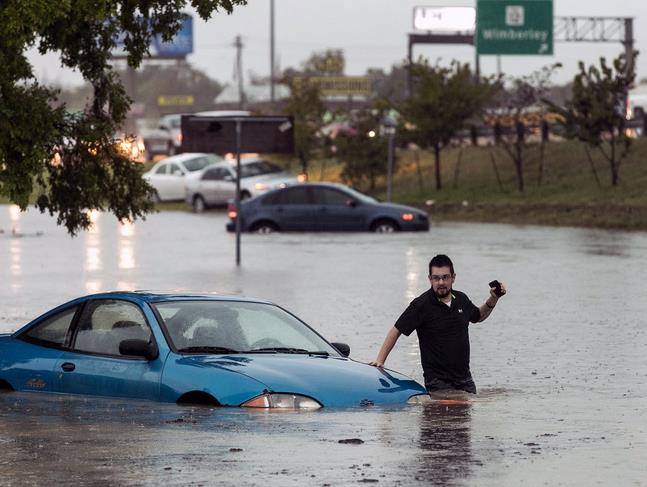 Residents Survey Damage after "Historic" Hits San Marcos for Third Time
Residents Survey Damage after "Historic" Hits San Marcos for Third Time. Three "historic" floods in the span of 2 years? Here's a clip from a video and story at
Time Warner Cable News in Austin, Texas: "
The
word "historic" is being used all too often to describe floods from
Wimberley to San Marcos to Onion Creek. That was the case two years ago.
So was the flood this past Memorial Day. Now that term is being used
once again. Our Stef Manisero takes us to San Marcos as residents there
weather yet another historic bout with Mother Nature. Families in San
Marcos spent Saturday cleaning up their flood-damaged homes. Residents
sifted through their belongings, determining which things could be
saved, and which things were just too wet..."
Photo credit above: "
Mike
Stoner gets out of his flooded car, Friday, Oct. 30, 2015 in San
Marcos, Texas. A fast-moving storm packing heavy rain and destructive
winds overwhelmed rivers and prompted evacuations Friday in the same
area of Central Texas that saw devastating spring floods." (Rodolfo Gonzalez/Austin American-Statesman via AP.
Beyond The High Tides, South Florida Water is Changing. Here's a snippet from a story at
The Miami Herald: "...
But
beyond the flooding, a more insidious problem is at work. South
Florida’s water is changing. Under climate change projections, beaches
and bays that draw tourists and anglers and help fuel a booming real
estate industry could grow saltier and more polluted. Underground
saltwater is already spoiling the aquifer and moving closer to drinking
water supplies for six million residents. If the Everglades dries up
more than it already has, peat soil that provides the scaffolding for an
entire ecosystem could collapse..."
Image credit above: "
Miami
Beach has put into action an aggressive and expensive plan to combat
the effects of sea level rise. As some streets keep flooding from recent
king tide events, the city continues rolling out its plan of attack and
will spend between $400-$500 million over the next five years doing so."
Emily Michot emichot@miamiherald.com
Read more here: http://www.miamiherald.com/news/local/environment/article41416653.html#storylink=cpy
Read more here: http://www.miamiherald.com/news/local/environment/article41416653.html#storylink=cpy
The Pacific Ocean Becomes a Caldron.
Was Category 5 Patricia hitting the west coast of Mexico and then
dissipating rapidly a fluke, or a sign of what's to come? Here's an
excerpt from
The New York Times: "
Hurricane Patricia
was a surprise. The eastern Pacific hurricane strengthened explosively
before hitting the coast of Mexico, far exceeding projections of
scientists who study such storms. And while the storm’s strength dissipated quickly when it struck land, a question remained. What made it such a monster? Explanations were all over the map, with theories that included climate change (or not), and El Niño. But the answer is more complicated..." (File image: NASA).
We're On The Cusp of a Revolution That Will Change the World As Much As Computers Did. Am I the only one who got chills after reading this at
Tech Insider? Again, what can possibly go wrong. Here's an excerpt: "...
But
one of the most exciting things — or disconcerting things, for those
scared of the power of this new technology — is that actually using the
latest tools to make genetic edits is so simple that Doudna says that
anyone who has basic molecular biology skills would be able to use
CRISPR to edit a human embryo. People with sufficient expertise could
probably set up a lab that would be able to make designer babies or transform animal species
for less than $2,000, according to experts we spoke with. We're still
waiting for a demonstration of genetic editing that will really sear it
into the world's consciousness. But for better or worse, the
world-transforming power of this technology isn't limited to the most
technologically advanced and well funded labs..." (File image:
genome-engineering.org).
How to Prepare for Cosmic Disaster? Finally, The U.S. Government Comes Up With a Plan.
The first step is to make sure you have a plan, just in case the power
is out for an extended period of time. Here's an excerpt from
Christian Today: "...
The
White House Action Plan also tasked the Department of Energy to assess
how vulnerable American infrastructure is to solar storms. At the same
time, the agency was also instructed to develop a grid monitoring system
that would "display the status of power generation, transmission, and
distribution systems during geomagnetic storms" in real time. Likewise,
the American government sought in its action plan better forecasting of
solar storms, to be able to give agencies more lead-time before a cosmic
disaster strikes..." (File image credit: NASA).
Will Conservatives Finally Embrace Clean Energy? Here's an excerpt from
The New Yorker: "...
Even
more notable, however, are the trends in the renewable-energy
marketplace: fossil-fuel prices fluctuate, but the costs associated with
solar and wind power have been declining and will likely continue to
fall. Indeed, nearly every speech was crammed with feel-good economic
statistics: solar has become eighty per cent cheaper in the past five
years; the U.S. clean-energy sector grew fourteen per cent in 2014,
about five times as much as the rest of the economy. Senator Richard
Burr, of North Carolina, cut to the chase. “Let me sum it up in one
word: jobs,” he said..." (File image: Solar City).
TODAY: What November? Mild sunshine, breezy. Winds: SE 10-15. High: near 70
TUESDAY NIGHT: Partly cloudy, unseasonably mild. Low: 55
WEDNESDAY: I feel a sick day coming on. Lukewarm sunshine. Winds: S 10-20. High: 72
THURSDAY: Cooling off, periods of rain likely. Wake-up: 57. High: 59 (quickly falling thru the 50s)
FRIDAY: More clouds than sun, brisk. Winds: NW 10-15. Wake-up: 42. High: 48
SATURDAY: Partly sunny, fresh breeze. Winds: W 8-13. Wake-up: 35. High: 45
SUNDAY: Blue sky, above average temperatures. Winds: S 10-20. Wake-up: 33. High: 54
MONDAY: Intervals of sun, milder than average. Wake-up: 41. High: 56
Climate Stories...
NASA Study: Mass Gains of Antarctic Ice Sheet Greater Than Losses. It'll
be interesting to see if this holds up, if data from recent years shows
a (net) gain in ice Way Down Under. Here's an excerpt from
NASA: "
A
new NASA study says that an increase in Antarctic snow accumulation
that began 10,000 years ago is currently adding enough ice to the
continent to outweigh the increased losses from its thinning glaciers.
The research challenges the conclusions of other studies, including the
Intergovernmental Panel on Climate Change’s (IPCC) 2013 report, which
says that Antarctica is overall losing land ice. According to the new
analysis of satellite data, the Antarctic ice sheet showed a net gain of
112 billion tons of ice a year from 1992 to 2001. That net gain slowed
to 82 billion tons of ice per year between 2003 and 2008..."
Image credit above: "
A
new NASA study says that Antarctica is overall accumulating ice. Still,
areas of the continent, like the Antarctic Peninsula photographed
above, have increased their mass loss in the last decades." Credits: NASA's Operation IceBridge.
*
The Christian Science Monitor has more on what's happening in Antarctica.
Homogenization of Temperature Data: An Assessment.
The current manufactured flap from the usual suspects is over new data
sets which show no hiatus, no slow-down in warming for the last 15
years. Do charges of "NASA and NOAA are cooking the books!" hold up?
Here's an excerpt from
Skeptical Science: "...
The validity of this process has been questioned in the public discourse on climate change, on the basis that the adjustments increase the warming trend in the data. This question is surprising in that sea surface temperatures
play a larger role in determining global temperature than the weather
station records, and are subject to a larger adjustments in the opposite
direction (Figure 1). Furthermore, the adjustments have the biggest
effect prior to 1980, and don't have much impact on recent warming trends..."
Graphic credit: Figure 1: The global temperature record (smoothed) with different combinations of land and ocean adjustments.
U.S. Senator Sheldon Whitehouse: "Global Warming Is Real - And We Made It".
Tulsa World Magazine has the Op-Ed, here are a couple of clips that caught my eye: "...
For
members of Congress who say the science is not, in fact, settled, I
say, “Don’t you trust NASA and NOAA and our Navy and every American
national lab — the science you pay for? And every major U.S. scientific
society? Are they all wrong? And if you think there is some vast federal
conspiracy, how about your own home state university?”...If you think
there’s a vast federal scientific conspiracy, and that you can’t even
trust the military on this, listen to the Oklahoma experts. They’ll tell
you that climate change is real, that the consequences are serious for
Oklahoma and that there’s an industry-funded “organized climate-denial
machine.” Or use your own two eyes and brain..." (File image: NASA).
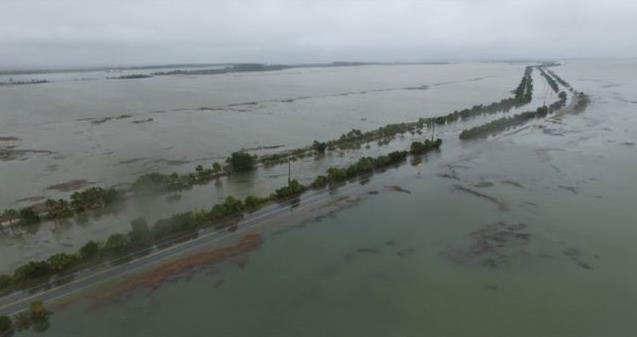 At Sea Level, Climate Change in Georgia is More Than Theoretical
At Sea Level, Climate Change in Georgia is More Than Theoretical. This level of flooding with no storm nearby? Blame rising sea levels and a king tide. Here's an excerpt of an Op-Ed at
ajc.com: "...
Forty-eight
hours after the mayor returned, Tybee Island made a little history. On
Tuesday morning, a 10.47-foot high tide swamped much of the island and
U.S. 80, the only road that links 3,000 residents to Savannah and the
mainland. It was the third-highest tide on record. But that doesn’t
really tell the story. Those higher tides in 1940 and 1947 were produced
by surges from hurricanes. No such storms struck the Georgia coast last
week. We would have noticed. The king tides on Tuesday and Wednesday
were the product of the moon making a closer-than-usual pass, a stiff
wind, and rising sea levels. That last condition is the result of
climate change. Heated water expands and ice caps melt. Volume
increases..."
Photo credit above: "
U.S. 80 on Tuesday, between Tybee Island and the mainland." Photo courtesy of Sean R. Compton
Liberals Want to Mitigate Climate Change, Conservatives to Adapt To It, According to Study. Here's a clip from a story at
phys.org: "...
They
found climate change mitigation - which focuses on eliminating causes
of climate change - to be a much more polarizing issue than climate
change adaptation, which focuses on preparing for the results of climate
change. Liberals more strongly endorsed mitigation while conservatives
tended to favor adaptation strategies. One possible reason for this
distinction, O'Connor said, is that mitigation implies blame by focusing
attention on human activities, such as burning fossil fuels. On the
other hand, adaptation does no necessarily assign blame, but focuses on
dealing with likely problems...
Ted Cruz: "Climate Change Is Not Science. It's Religion."
We're still cherry-picking data? I come to Christ through both evidence
and faith. With a warming atmosphere and oceans no faith is required;
the evidence is overwhelming and growing daily. Here's an excerpt from
ThinkProgress: "...
The data he is referring to is very specific.
Cruz is looking only at satellite data — not ground-level data or
oceanographic data — and he does not say “18 years” just as a random
number. In 1998 the planet experienced a record-setting El Niño — and
satellite data showed temperatures were very high. That does not mean
that the global warming trend (weather and data will fluxtuate, but
trends are important) is not occurring. In fact, 14 of the hottest 15
years on record have all occurred since 1998. Moreover, 90 percent of warming has been absorbed by the oceans. Ninety- seven percent of published, peer-reviewed climate science papers concur that man-made climate change is occurring..."
Image credit above: "
Republican
Presidential candidate, Sen. Ted Cruz, R-Texas, speaks at the Iowa
GOP's Growth and Opportunity Party at the Iowa state fair grounds in Des
Moines, Iowa, Saturday, Oct. 31, 2015." (AP Photo/Nati Harnik).
Here's a Climate Change Solution That Doesn't Freak Out Every Conservative.
We just need a few billionaires who will step up and buy the world's
remaining coal deposits - and keep them in the ground. Easier said than
done? Here's a clip from a story at
The Week: "...
But
then a friend of mine, Matt Frost, came up with a simple, elegant idea:
Just buy coal that's in the ground and then don't extract it.
Environmentalist millionaires and billionaires spend fortunes on
ineffective lobbying efforts that do more to enhance the lifestyle of
professional environmentalist consultants and politicians than the
condition of the atmosphere. Those consultants and politicians then work
to build an elusive consensus on moonshot regulatory and diplomatic
schemes, which are unlikely to get global buy-in and are likely to be
cheated and abandoned anyway..." (File photo credit: AMIT DAVE/Reuters/Corbis).
Who Can Save Journalism? Big Oil, Apparently. L.A. Weekly
has a curious story - but maybe we shouldn't be too surprised - or
concerned about a possible blurring of solid journalism. Here's an
excerpt: "...
The campaign reaches the Times' audience through banner
ads and through Essential California, the paper's daily newsletter. The
ads link to the Powering California website, which includes a
disclaimer stating that the editorial staff is not involved in producing
sponsored content. In that respect, it's not that different from
traditional newspaper advertising. And, of course, newspapers are under
tremendous pressure to find revenue wherever they can. If the oil
industry is helping to fund journalism, a portion of which is aimed at
exposing the oil industry, then perhaps it's all to the good..."
Image credit above:"
Sponsored content produced by the L.A. Times, via Powering California."
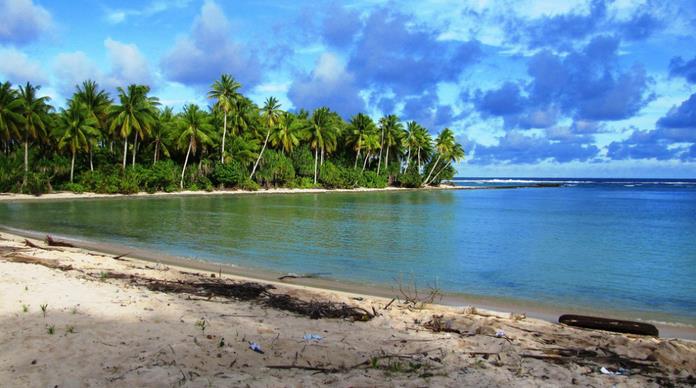 Climate Change is Forcing People to Migrate, And The World Doesn't Have a Plan to Handle It
Climate Change is Forcing People to Migrate, And The World Doesn't Have a Plan to Handle It.
Grist
has the story; here's the intro: "How should governments treat people
who are forced to migrate due to climate change? That question is on
the working agenda
for the upcoming Paris climate talks, at least sort of — and that’s a
good thing. As it stands, there’s no clear definition of what, exactly, a
forced climate migrant is; nor is there an international legal
framework to deal with the mass movement of people (and, sooner than you
might think, entire nations) displaced because of global warming. Paris
could go a long way toward further recognizing the phenomenon, as well
as helping to shape how to deal with it. If it doesn’t, some of the
world’s most vulnerable people will remain in a bizarre legal and
political limbo..."
Photo credit above: "
Kiribati looks
like a tough place to leave -- but some of its citizens driven from
their homeland by rising seas are telling New Zealand that they had no
choice."
KevGuy4101
A
new study from the University of Virginia's McIntire School of Commerce
has identified a key divergence in how liberals and conservatives
approach climate change solutions, while also highlighting convergences
that might help break political gridlock.
Read more at:
http://phys.org/news/2015-11-liberals-mitigate-climate.html#jCp
Climate Change and Creation Care.
As I dig into how United States faith communities are responding to
climate change I am noticing that there is a very concerted effort to
care for creation and a focus specifically on climate change. An example
of this is the United Methodist Women’s national office has made
climate justice one of its four social justice priorities.
Would
you like to explore where your faith intersections with weather and
climate change? On Saturday, November 7th at 9a in Prior Lake, Shepherd
of the Lake Lutheran Church is hosting a Creation Care event that will
examine the intersection of faith, climate change and weather. The event
is free. Childcare is provided for those that RSVP. Presenters include
faith leaders from the Lutheran, Methodist, MCC and Catholic church, Dr.
John Abraham (climate scientist from the University of St. Thomas) and
me. RSVP at:
http://www.sollc.org/creationcare.
Who Will Take the Lead on Climate Change? Here's an excerpt of an Op-Ed at
Detroit Free Press: "...
States
will have to be going about implementing their plans to actually meet
the regulations ... But those regulations only concern power plants and
so gradually the U.S. Environmental Protection Agency will have to look
at other sectors of the economy and their carbon pollution ... We need
to work in terms of a range of incentives to further efforts to move to
renewable energy and energy efficiency. There are questions about energy
supply, offshore drilling, drilling on federal lands, more questions on
tar sands pipelines, whether to allow on royalty rates, things like
that.” Goldston correctly points out that, for the most part,
international businesses — traditional GOP constituents — don’t deny the
existence or causes of climate change..."

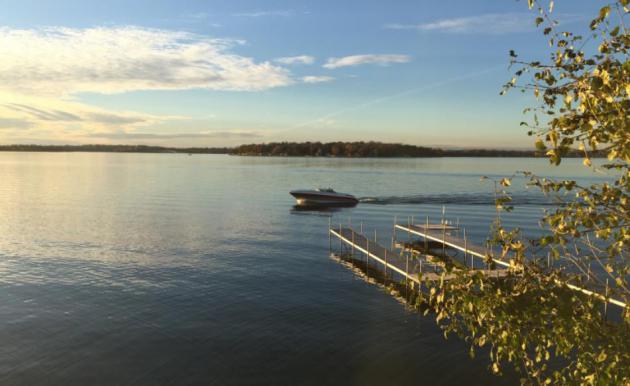
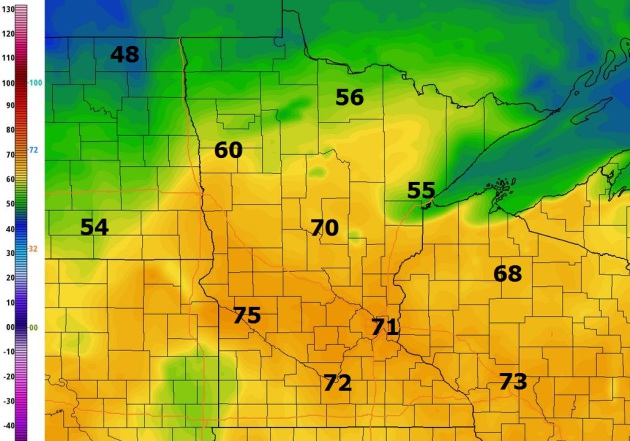




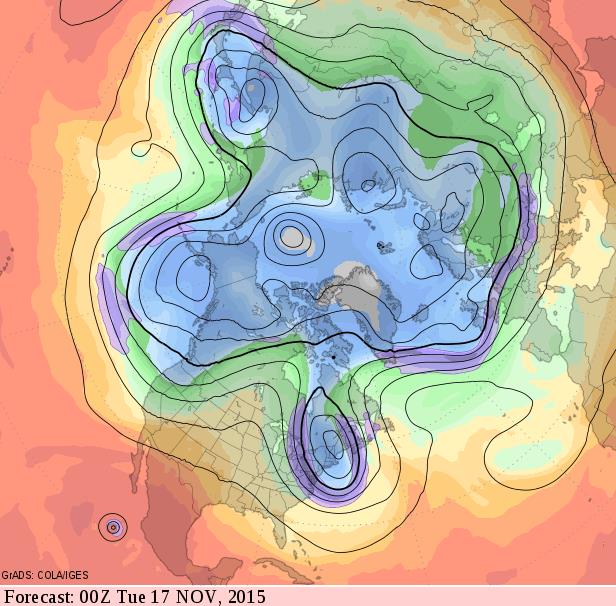

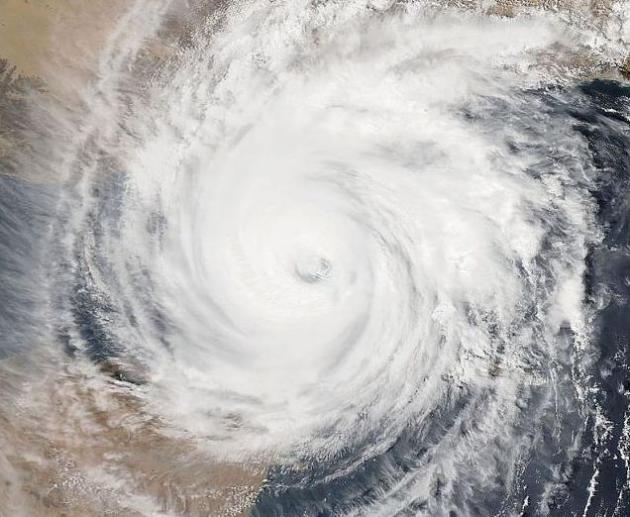






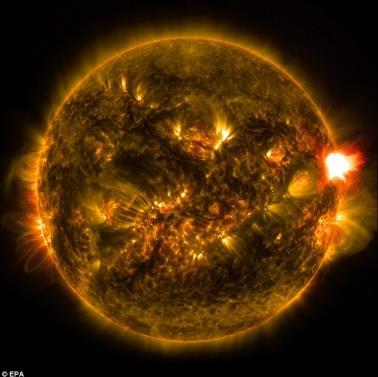



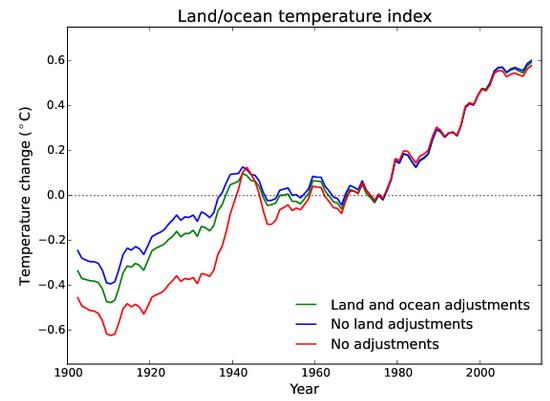


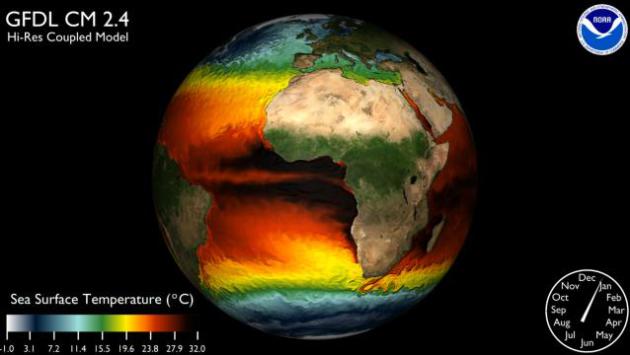

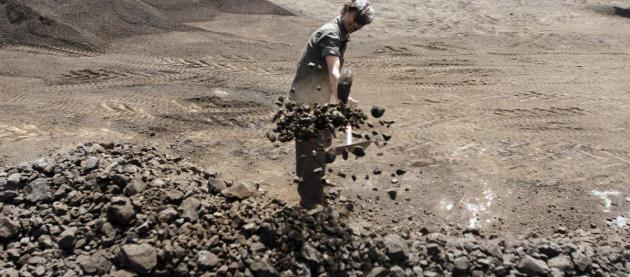


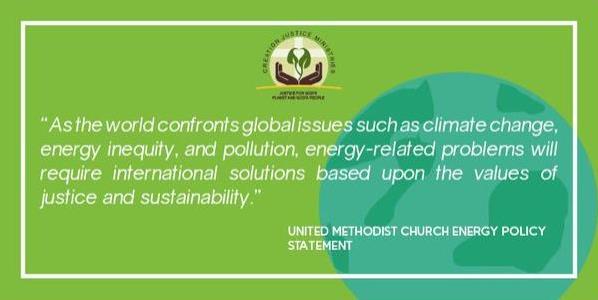

No comments:
Post a Comment